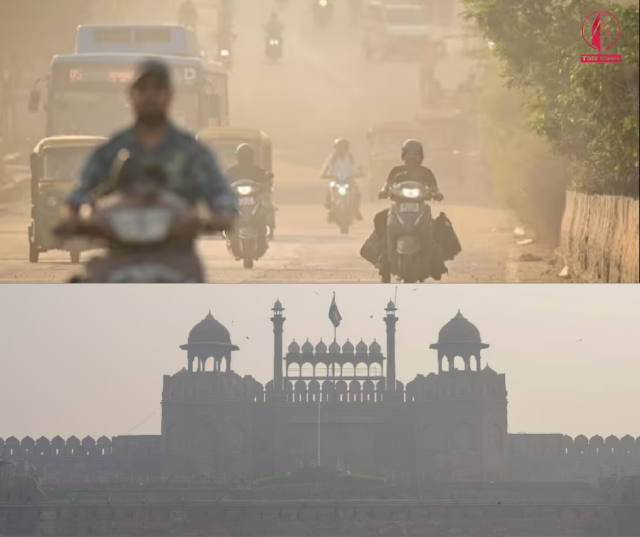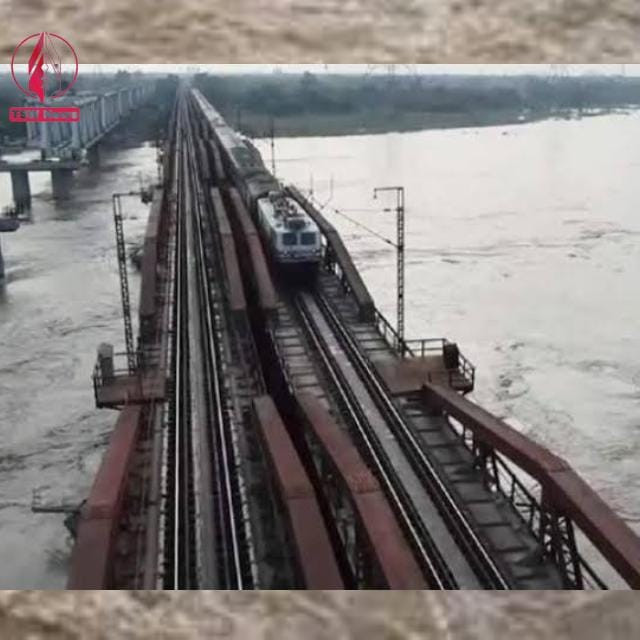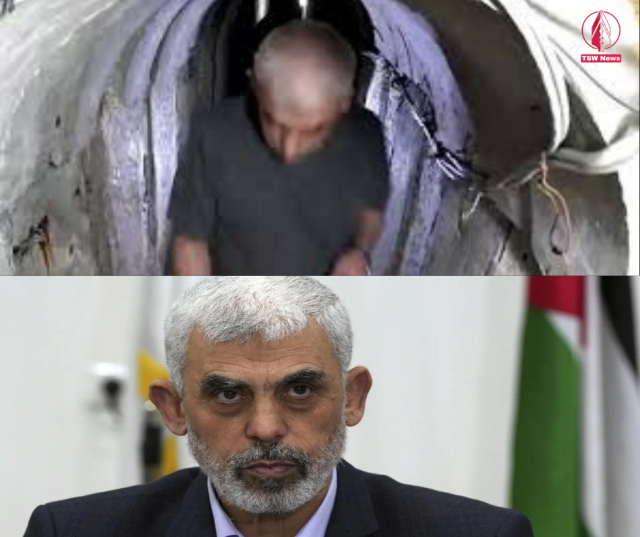Delhi's Air Quality Deteriorates to 'Hazardous' Levels Post-Diwali, 65 Times Higher Than WHO Limit
- Posted on November 3, 2024
- News
- By Arijit Dutta
- 28 Views
Following Diwali, Delhi’s air quality reached ‘hazardous’ levels, with AQI crossing 400, making pollution 65 times the WHO limit. Despite GRAP-II measures, firecracker emissions worsened air conditions, with many residents experiencing respiratory issues and eye irritation. Health experts urge stricter controls on pollution sources.

Days after Diwali, Delhi's air quality has reached dangerous levels, with the Air Quality Index (AQI) surpassing 400 on Sunday morning, marking it in the ‘hazardous’ category. A dense layer of smog covers the national capital, pushing PM2.5 pollution levels to over 65 times the World Health Organization’s (WHO) recommended safe limit.
The air quality crisis worsened overnight, with AQI levels rising sharply from 327 to 447 within 12 hours. In highly polluted areas such as Anand Vihar, the AQI even exceeded 500, signaling severe air contamination that poses immediate health risks. Other neighborhoods like RK Puram, Bawana, and Alipur recorded hazardous levels well above 300, and residents reported widespread respiratory issues, eye irritation, and other health problems.
The Central Pollution Control Board (CPCB) noted that despite enforcement of GRAP-II (Graded Response Action Plan), pollution levels continue to rise. Measures to curb emissions were activated in October when air quality began to decline; however, Diwali’s firecracker emissions have significantly compounded the problem.
In a survey by LocalCircles, 69% of respondents from Delhi-NCR reported respiratory difficulties, and 62% suffered from eye irritation due to the toxic air. Health authorities have cautioned residents to limit outdoor exposure, particularly for vulnerable groups such as children and the elderly.
Also Read: West Bengal Man Lynched After Allegations of Rape and Murder of 6-Year-Old Girl
Environmental experts call for urgent action and stricter enforcement to prevent further escalation in air pollution, warning of long-term health impacts if the situation persists.




